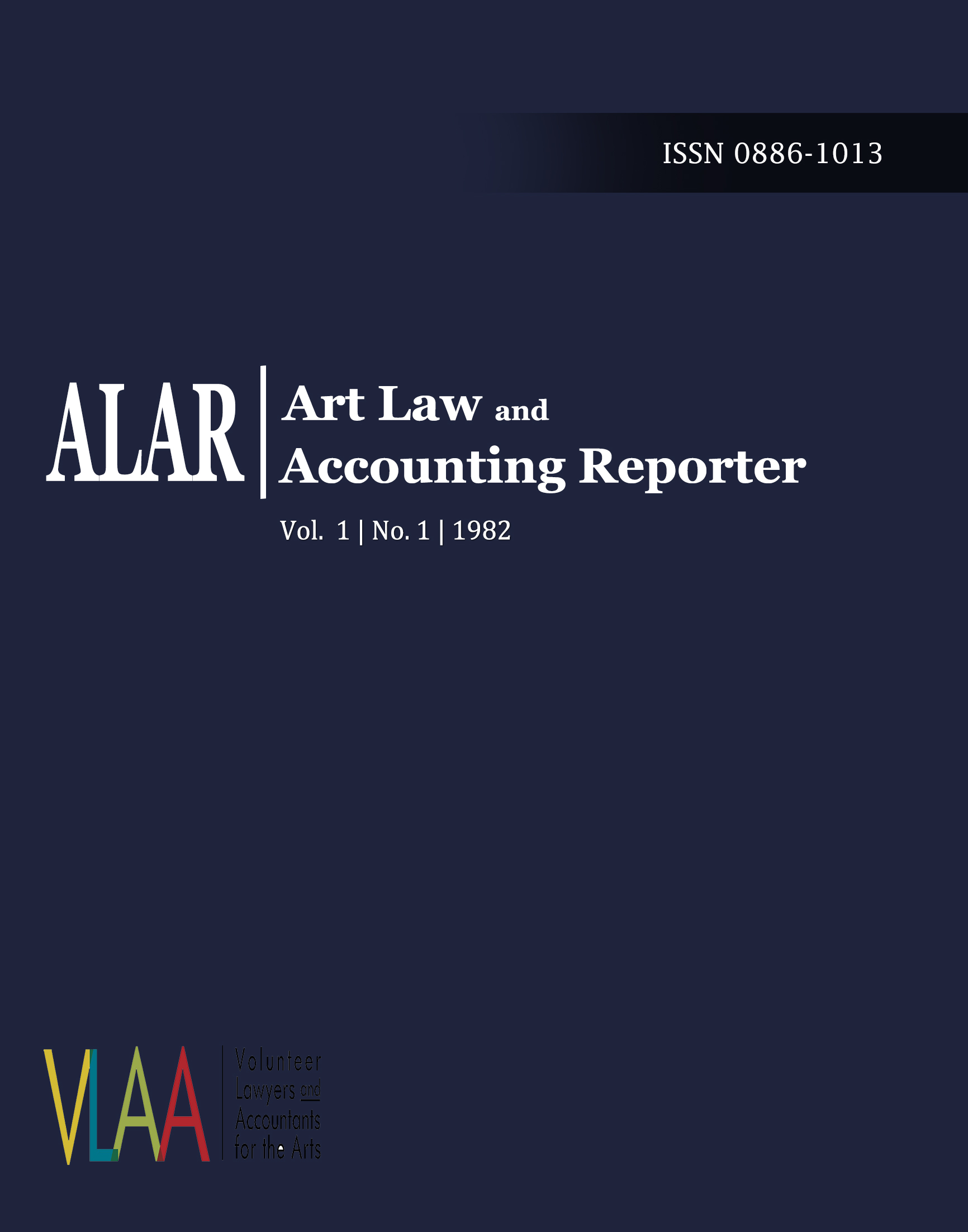Digital memory and public history: The transformation of historical perception in the digital age
- Authors
-
-
Lia Metreveli
Author -
Madona Kebadze
Author
-
- Keywords:
- digital memory, public history, archives, social media, historical perception, education, historiography
- Abstract
-
In the digital age of the 21st century, the discipline of history is undergoing a fundamental transformation — it is moving beyond the academic space and acquiring new forms of interaction with public memory. History is no longer just the domain of texts and archives; it comes to life in social media, digital archives, and online platforms, where perceptions of the past are shaped at both the individual and collective levels. The article explores how the understanding of history and public memory are changing in the digital environment, what role digital archives and social media play in the representation of history, and what is the professional responsibility of the historian in the new environment. The research is based on an interdisciplinary approach — analysis of digital media, study of the dynamics of archival materials, and observation of public projects. The results indicate that digital memory creates a new model of perception of history — more open, democratic and multi-voiced, but at the same time fraught with risks of disinformation and algorithmic manipulation. These trends in the practice of teaching and research of history require the development of new strategies so that historians can critically analyze digital memory and have a positive impact on public consciousness.
- Downloads
- Published
- 05-11-2025
- Section
- Articles
- License
-
Copyright (c) 2025 Art Law and Accounting Reporter

This work is licensed under a Creative Commons Attribution-NonCommercial-NoDerivatives 4.0 International License.




